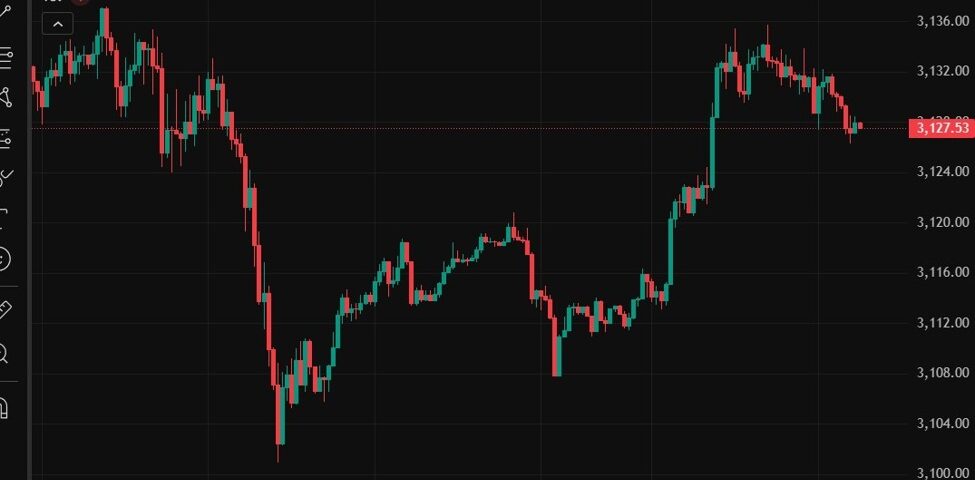Navigating Trump’s New Reciprocal Tariffs: What It Means for U.S. Trade and Consumers
Tháng 4 2, 2025
Germany’s Economic Outlook for 2025: Navigating Challenges and Seizing Opportunities
Tháng 4 2, 2025President Trump’s Upcoming Announcement on Reciprocal Tariffs: What You Need to Know
On April 2, 2025, President Trump is expected to unveil a strategic plan to implement reciprocal tariffs on multiple countries. This bold initiative intends to level the international trade field by imposing similar tax rates on imports from nations that currently charge significantly higher tariffs on U.S. exports. The anticipated announcement highlights the administration’s ongoing commitment to reforming trade practices to protect domestic industries.
The Concept of Reciprocal Tariffs
Reciprocal tariffs aim to create a more equitable trading environment by ensuring that U.S. exports are not penalized by disproportionately high tariffs from other countries. Rather than matching the tariff rates on a product-by-product basis, the administration may adopt a country-specific approach. This flexibility could streamline tariff implementation but might also lead to administrative complexities and increased tensions in global trade relations.
The proposed changes are mainly directed at countries exhibiting substantial trade surpluses with the U.S. This approach targets a controversial group known as the “Dirty 15,” which encompasses nations identified as having unfair trade practices. Critics argue that by focusing on these specific countries, the administration risks escalating trade disputes and inciting retaliatory actions- a development that could further isolate the U.S. in the international market. For further insights on international trade dynamics, read about three strategic moves by China’s Xi that address similar challenges.
Economic Implications of Reciprocal Tariffs
Experts emphasize that implementing reciprocal tariffs is not without potential drawbacks. While the intention behind these tariffs is to protect American businesses and create a more balanced trading framework, there are concerns that such measures could lead to increased operational costs for U.S. companies. Higher tariffs translate to elevated prices for imported materials and goods, which could, in turn, inflate the overall price for consumers.
Potential increases in consumer prices could have a pronounced effect on various sectors, especially those reliant on imported goods. Industries that have long depended on international supply chains may find their profit margins squeezed, leading to unintended consequences in the job market and overall economic health.
Moreover, the complexities involved in implementing country-specific tariffs may lead to unforeseen administrative challenges. Coordinating different rates for various countries necessitates a robust framework to manage these changes effectively, heightening the risks of mistakes or miscommunication. Such complications could stymie the very trade reforms the administration seeks to achieve.
Navigating Global Trade Dynamics
The broader implications of reciprocal tariffs extend beyond national borders. They have the potential to complicate existing trade dynamics, fostering an environment ripe for retaliatory measures from affected nations. Countries that find themselves facing higher tariffs might retaliate with their own tariffs on U.S. exports, potentially triggering a cycle of trade wars that could disrupt global markets.
As negotiations continue and the April announcement draws nearer, stakeholders in both domestic and international markets need to remain vigilant. Understanding the nuances of this policy—its potential benefits and pitfalls—will be crucial for businesses and consumers alike.
In conclusion, President Trump’s anticipated announcement concerning reciprocal tariffs could set a new precedent in international trade practices. While focused on leveling the trade field, it also raises pivotal questions about economic impact and the complexities of global trade. As the situation unfolds, the decisions made will have far-reaching consequences for the U.S. economy and its position within the global marketplace.

